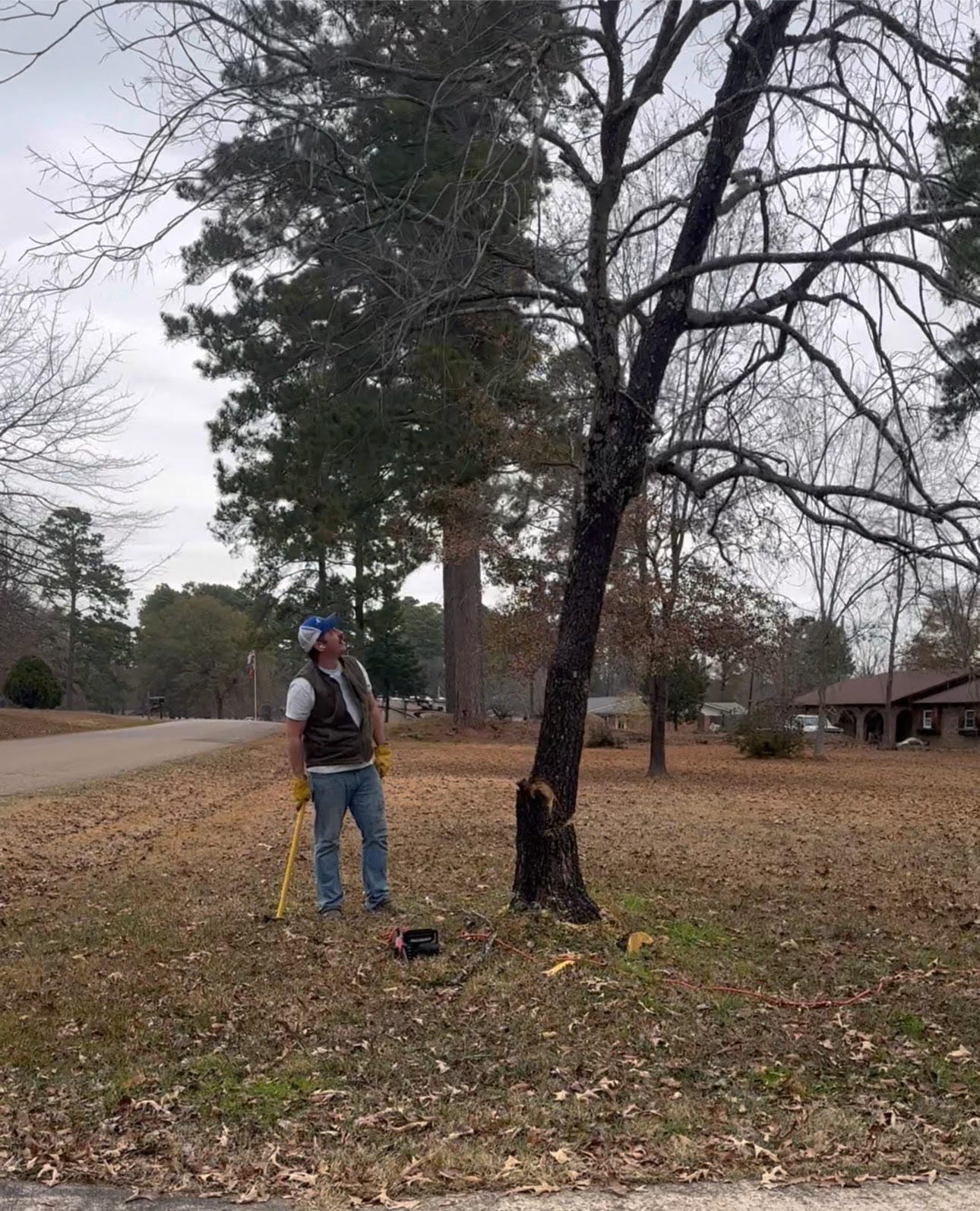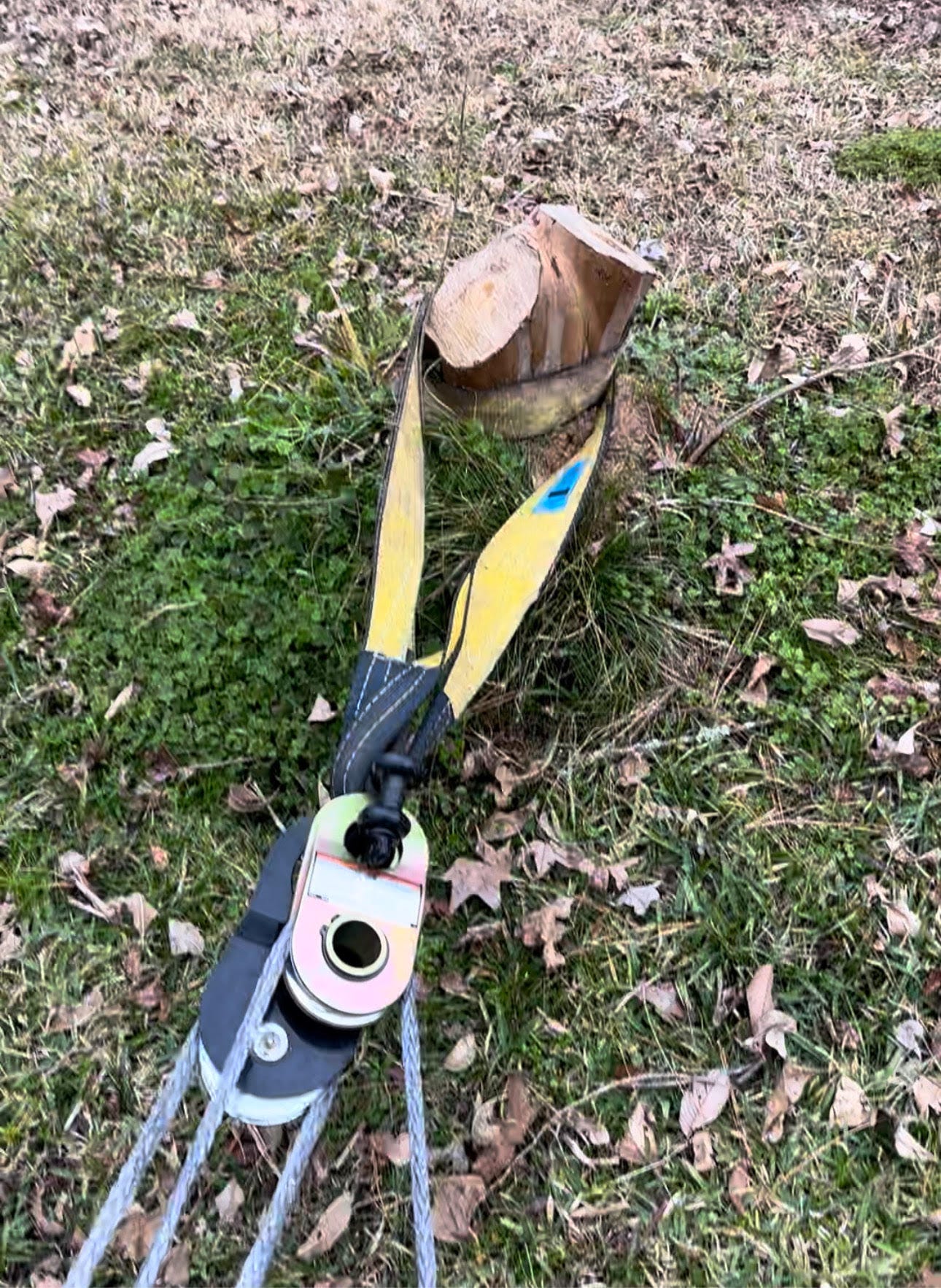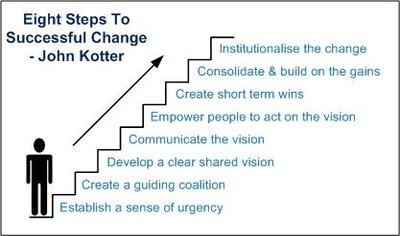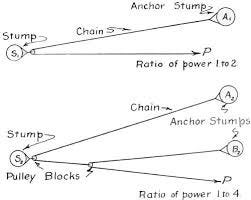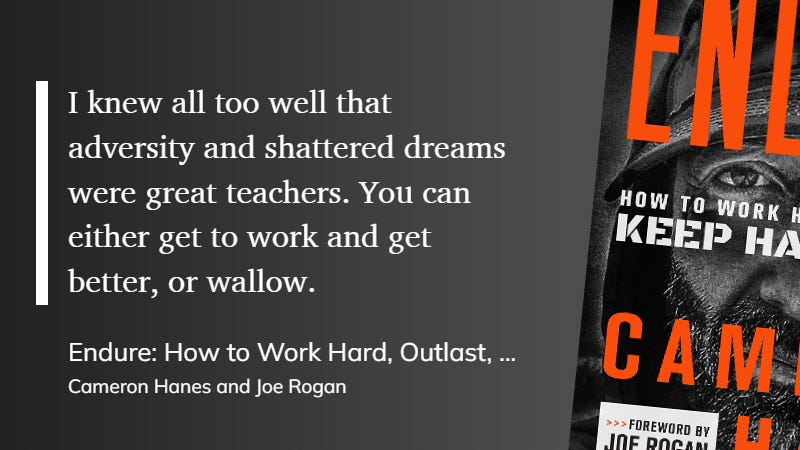“It will take a lot of man hours to get all this done,” he said, “better get a stump grinder.” I stood up from inspecting the tree saver that the two snatch blocks attached to as the cold rain soaked my cotton clothes. A stump grinder could reduce the wooden mast that protruded out of the ground, but it would also destroy the yard. That would only exchange the problem of stumps with piles of wood chips and mud-infused grass.
The yard’s previous owner did not seek order or design. He, like many men, stood as a victim of circumstance. A seed took root right in the middle of his St.Augustine, and he felt powerless to intervene.
Therefore, the seed turned into a sapling. That sapling grew into a full-grown tree that robbed the surrounding grass of much-needed water. You could consider it art if it only happened with a single cherry tree or perhaps one of the oaks. Perhaps a testament to the randomness of life or the embracement of imperfection leading to unique, unbalanced design.
However, the previous yard owner embraced upwards of 20 of these inperfections. The plethora of blemishes in the yard no longer afforded opportunities for thoughtful reflections on design but rather stood as 20 testaments to lazy acceptance of life’s circumstances.
As the current owner of the uncared-for yard, I will not allow passersby to look upon this middle-class castle besmirched with a moat of haphazard vegetation. How you do one thing is how you do everything, and I cannot allow laziness to creep in. By allowing my yard to continue down this random, sporadic path, I am communicating a message to the world and myself. A message of acceptance of circumstances and embracement of life’s chaotic disorder. I cannot allow that
Have a Vision and Stick To It
Too many people use the word “vision.” If you don’t vomit a little when you hear someone use the “v” word, you haven’t been a member of the working world long enough. Vision gets thrown around in circles frequently, but ironically people rarely have one worth clinging to.
Despite its overuse, vision is one of the most critical parts of leadership. The ability to see a future of white sandy beaches amid a storm lies fundamental to the steering of all ships, great and small. As I looked across the yard, I closed my eyes and saw the order of a fence dotted with fruit trees around the perimeter. My daughter plays with the dogs on warm summer days as the neighbors pass by. Lovely, ordered harmony.
Opening my eyes only reveals the plethora of work to be done. Friends, inlaws, and my wife all question the destruction of the “pretty little trees” and my sanity. It seems that in my attempt to craft the future of our home, I am perceived as manifesting a maniacally destructive streak. Who would destroy such harmless trees?
John Kotter, a Harvard Business School professor of leadership, developed a change management model that addresses this obstacle. You simply create a vision, communicate it thoroughly, and relentlessly hold on to it even in the face of the most difficult challenges. Reminding everyone that random trees kill the grass by robbing it of sunlight and water replaces images of muddy disordered messes with happy children and dogs playing in plush St. Augustine on a warm summer day. Never lose sight of the vision of how things could be.
Leverage Advantages
I attached the second snatch block to the winch cable and watched as the tension slowly crept into the ropes. The blocks let out the unlubricated metal-on-metal whine as the ropes slithered through the wheeled contraptions. The tension grew steadily until the tow rope snaked through the ad hoc block and tackle took on banjo string like qualities. Slowly, the stump began to rise out of the ground as I cut away the roots that held it back. The snatchblock had done the impossible.
The mechanical advantage of snatchblocks is simple at heart. Instead of having one rope pulling on an object, you have two. Add another snatchblock, and now you have four. With each additional snatch block, you continually add force to the object you are attempting to move for no extra cost.
Every task you encounter has things like snatchblocks, things you can leverage to gain an unfair advantage. Perhaps it is an exceptionally talented employee or a circumstance that provides you with a unique opportunity the competition would never be able to access. The leader’s task is to always be on the hunt for advantages to leverage.
Embrace Adversity
The winch began to click in a new and unusual way. I didn’t need to look at it; I knew we had overused it. As electric motors heat the internal resistance drops. This drop leads to the current being able to pass through it much easier, which leads to higher temperatures. Before long, the winch enters into a thermal runaway that ends its life. In short, I simply asked too much of the useful tool mounted to the front of my truck.
The winch's untimely demise was simply one more sentence in a long paragraph of obstacles to completing the task at hand. Broken winch cables, unnaturally strong roots, and muddy ground all brought the progress to a slow crawl rather than the day-long run I had hoped for.
Adversity is a byproduct of progress. In every attempt to make the world better, the inevitable challenge arises. While some may quit, others may add to the challenge with frustrated attitudes. However, the superior person will embrace the adversity as it arises.
Being grateful for the unsuspected opportunities to uncover weaknesses in my equipment while not being stranded on the side of a mountain kept my morale high as I worked through the problem. Being frustrated by it would only make a difficult situation worse, so I leaned in and began to work through the challenge I had been given.
Hone The Edge.

Subscribe to Hone the Edge
Weekly Chautauquas on Self Improvement






